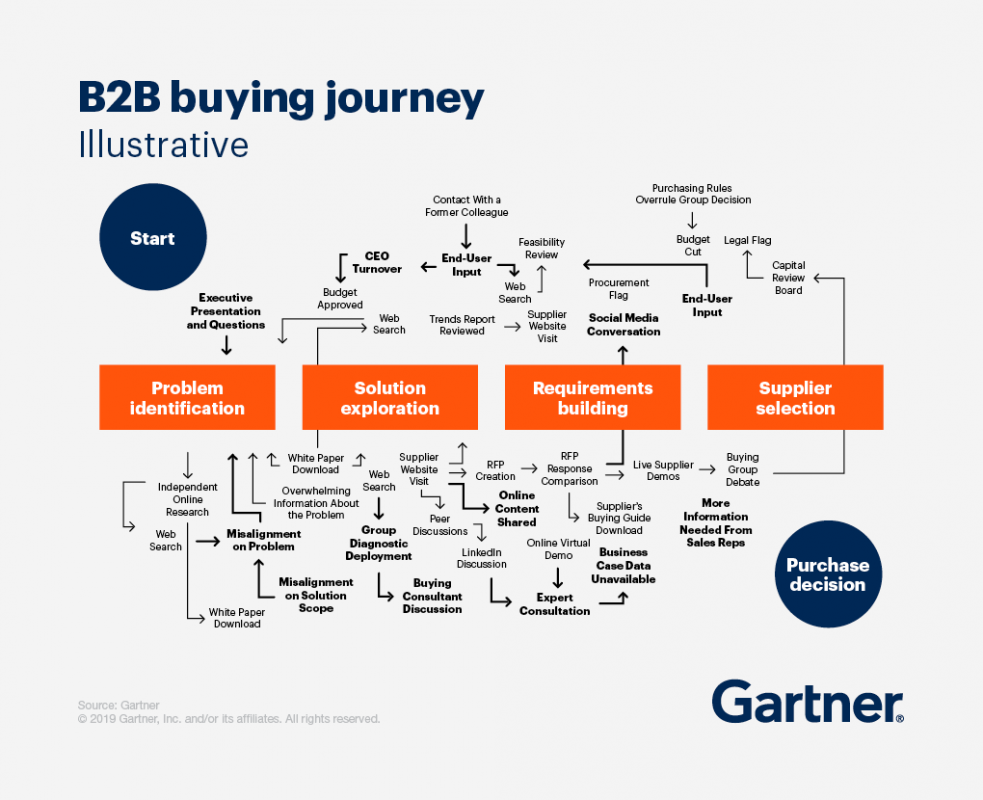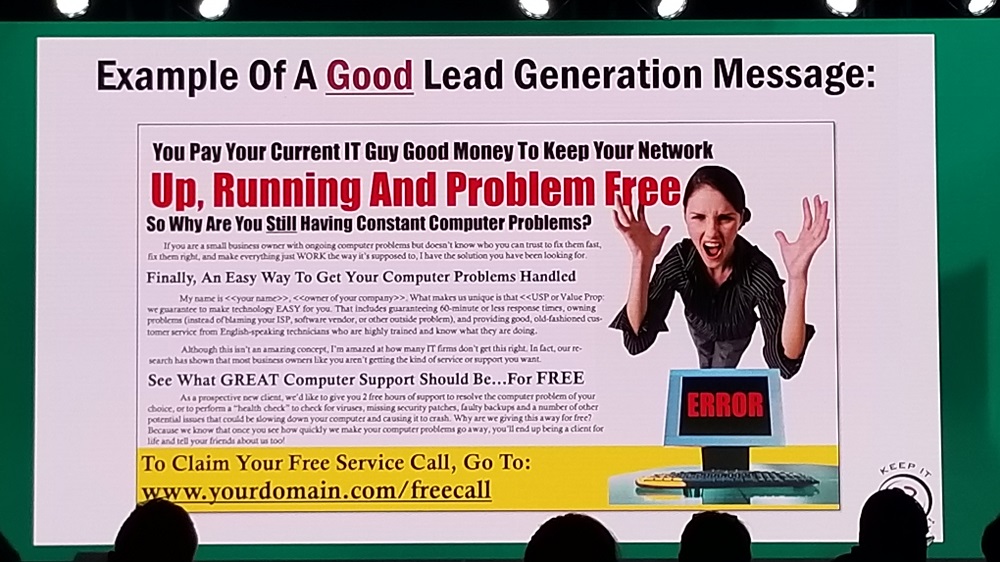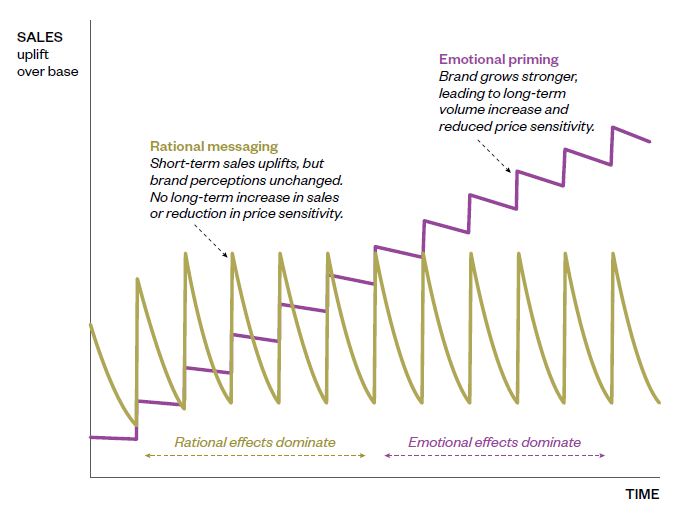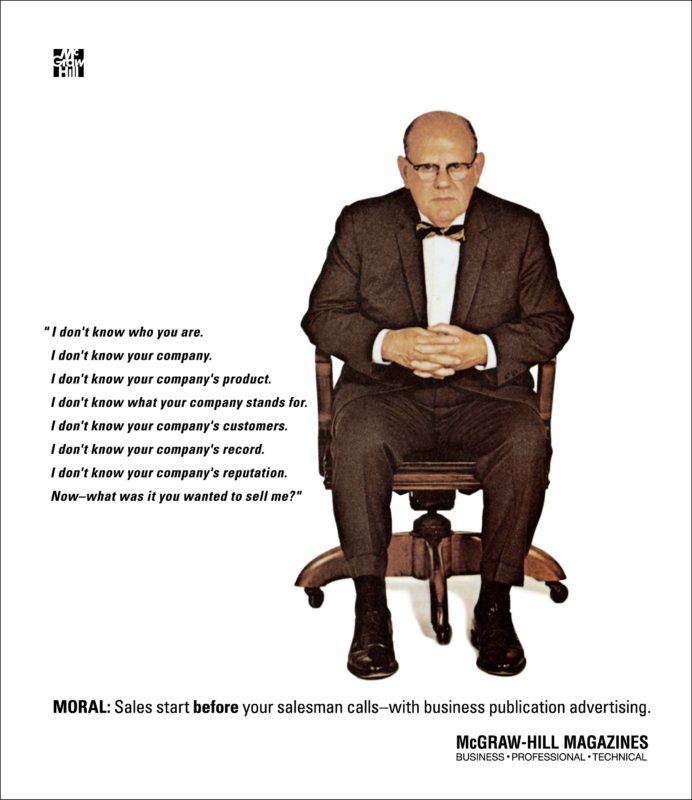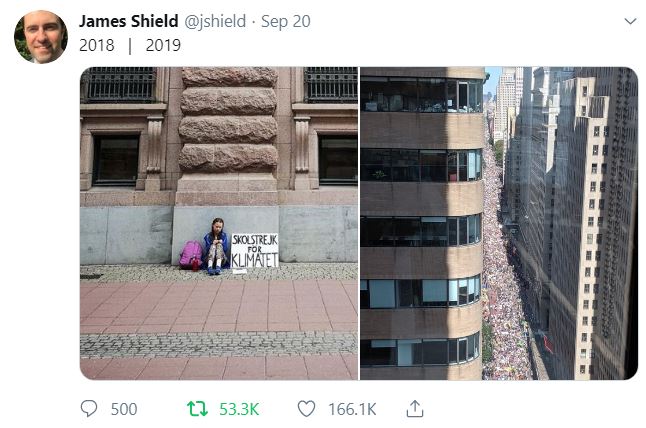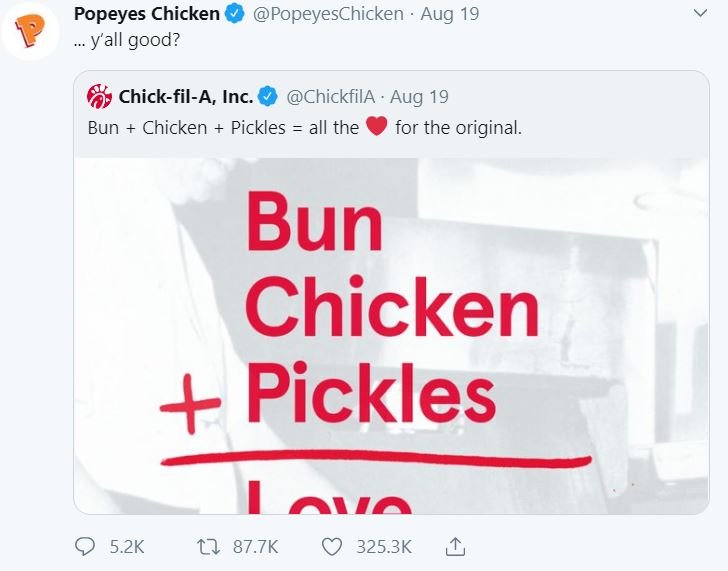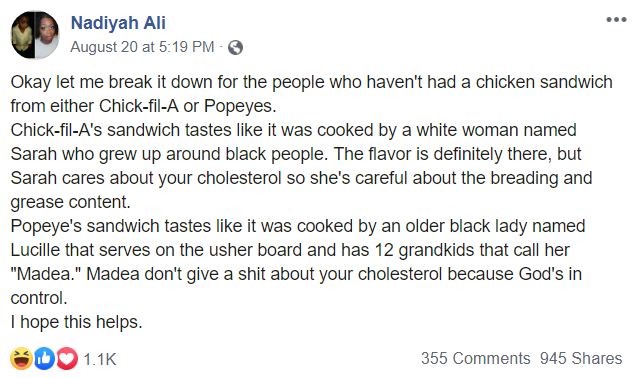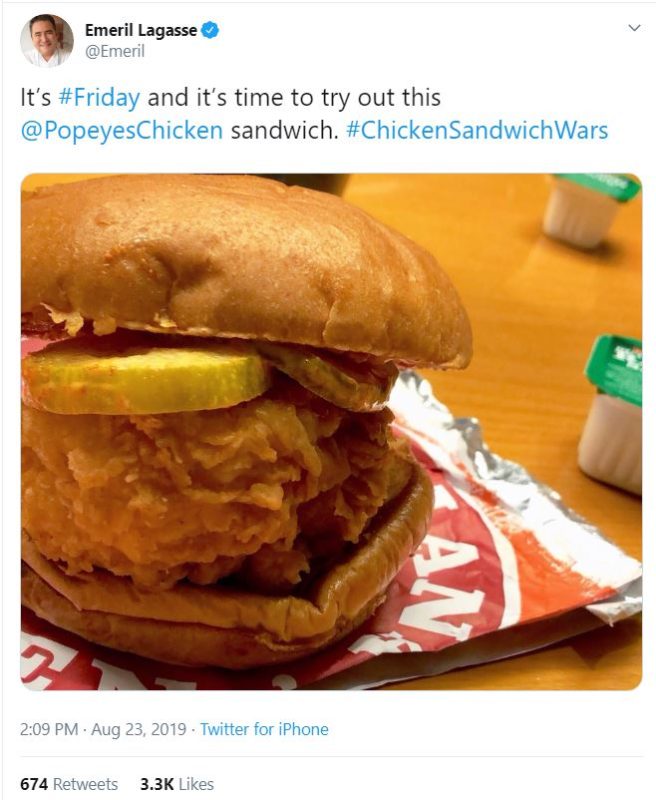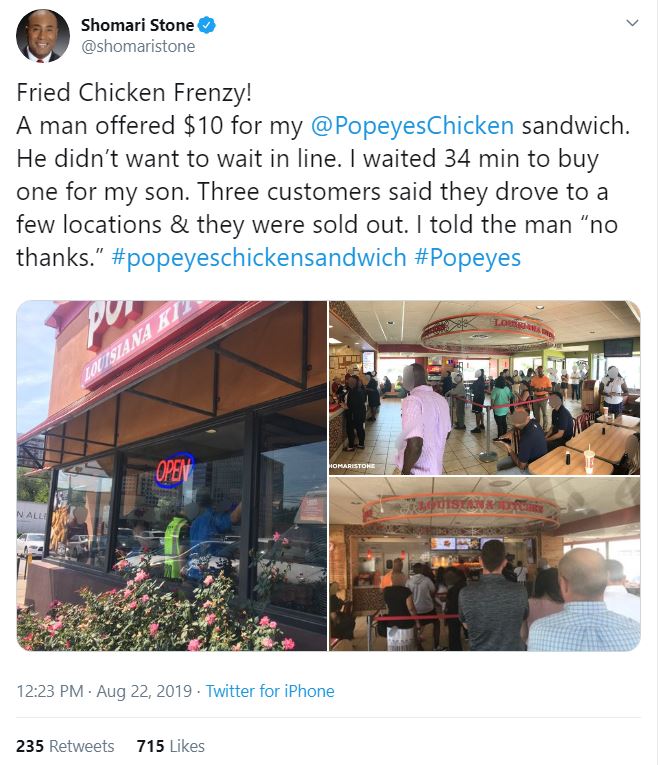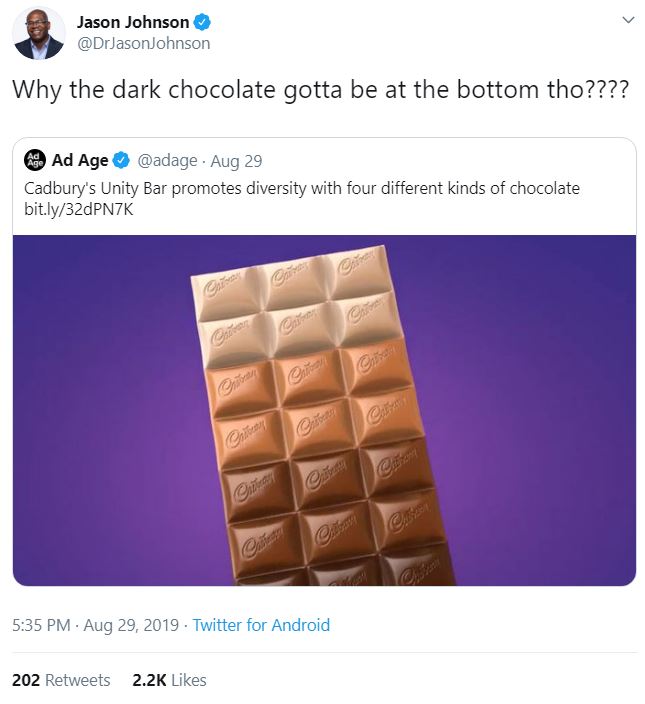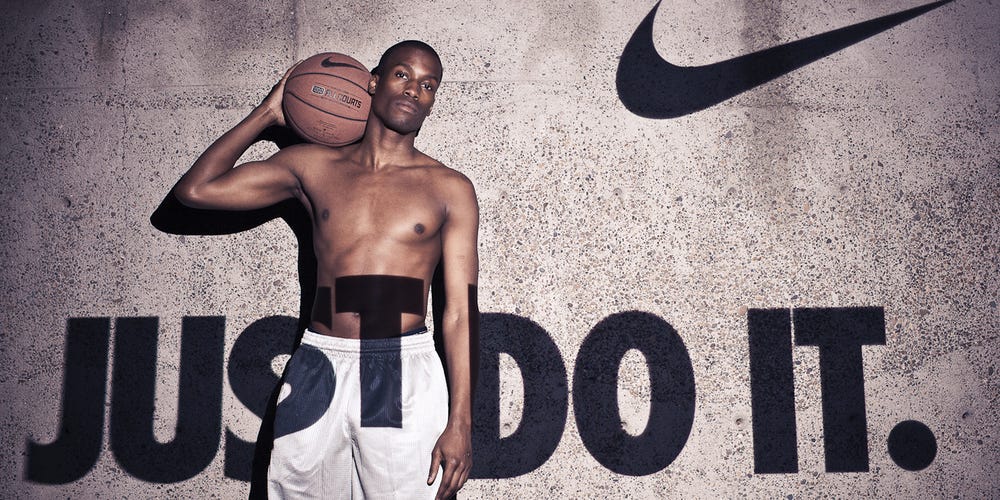
Around 15 years ago HubSpot used to trash advertising. They’d say things like, “As soon as you stop spending, it disappears” (not always true, but more about that later), all to promote their then-new “inbound marketing” approach.
Today ad management is part of HubSpot.
Nonetheless, I still see anti-advertising tweets, blog posts, and other marketing messages. Here’s an example from the past week that got over 2,000 likes and retweets (!).
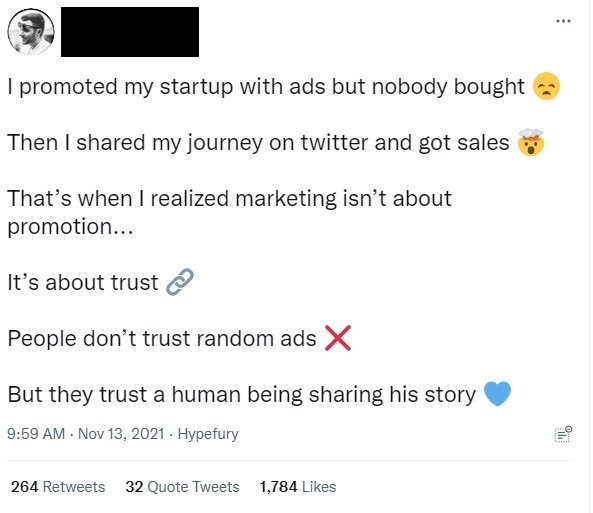
In responses to the above tweet, the guy later said (a) he didn’t have good targeting, and (b) he only spent $600 before pulling the plug. He was bootstapping the business and didn’t have more money to try on ads. That hardly justifies such a definitive, blanket dismissal of all advertising.
Sometimes the tweet takes the form of something like “In two years we grew our company to $2M ARR without spending a single dime on advertising.” Great! If you have a SaaS tool that’s a candidate for product-led growth, like Slack, for example, that is a real possibility.
But not every company or product has that opportunity, and for those that don’t they need to take advantage of a wide range of marketing tools. And advertising is certainly worth considering. Forget your personal experience or feelings for a moment; let’s look at the data.
In their famous “The Long and Short of It” study, Les Binet and Peter Field say that many companies grow by achieving “extra share of voice” (ESOV): a share of voice in their industry that is larger than their market share. Since market share, though, is the greatest multiplier of marketing, large companies may grow without any ESOV and small companies need considerable ESOV to drive growth.
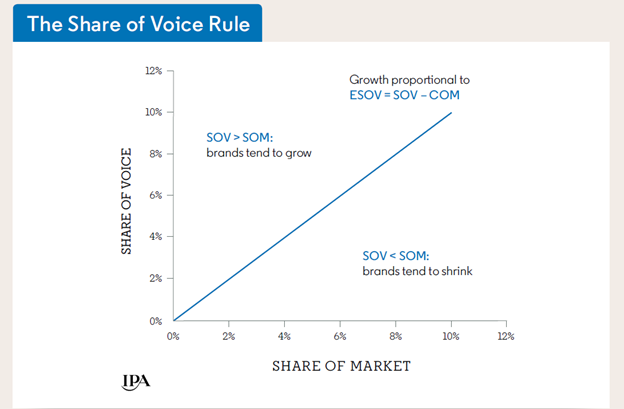
Share of voice can be gained through advertising. It can also be gained through:
- Blogging and guest blogging
- Videos
- Webinars
- Podcasts
- Emails
- Events
- Social media
- Etc.
Well-targeted advertising can be a cost-effective way to amplify your content and get it in front of the right people (email, too). Experts from HubSpot to marketing maven Larry Kim have some great suggestions on how to do this.
Using advertising in this way can accelerate your growth by months if not years. As one head of sales that I worked with approvingly said to me after just a few months of targeting enterprise accounts, “People are saying to me that they had to talk with us: they are seeing us everywhere.”
And this wasn’t outrageously expensive. We were spending about $5,000 a month and generating over 250,000 ad impressions/month; that’s a lot of visibility when targeted at 10,000 people in big accounts.
Of course, you can wait on inbound and SEO, but that can take a lot longer. Three years ago, Rand Fishkin wrote about the six (mostly ignored) SEO truths.
It’s only gotten worse since then.
Dan Shewan wrote about their experience at Wordstream:

“Several years.”
Don’t kid yourself that your time is free and creating content and engaging in social media isn’t costing you anything. They are. HubSpot spent tens of millions of dollars building its massive content repository.
It’s not an either/or situation: you don’t have to choose between advertising and content and inbound marketing and everything else. Use them all together to create highly effective multichannel marketing programs.
Two Types of Advertising
There are two major types of advertising: direct response ads and brand ads. They work in very different ways.
Direct response ads have an immediate effect: people buy the item, sign up for a webinar, download a white paper, etc. Usually the percentage of people seeing the ad who act is very small. Otherwise, the ads, like this one, are forgettable and immediately forgotten.
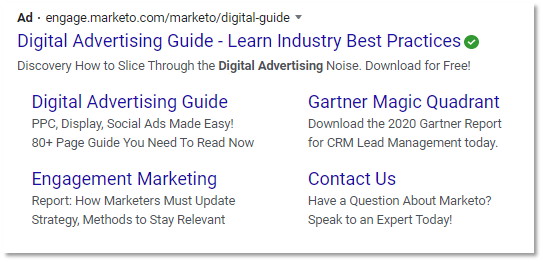
There are five components to a successful direct campaign:
- Targeting
- Offer
- Ad creative
- Landing pages
- Remarketing
You need to get all five right – and constantly test and optimize them over months — or you’ll be far less successful than you could be, or totally fail. It’s not a task for a dabbler, or someone with just a few hundred dollars and a few weeks of time/patience.
Brand ads, on the other hand, have a weak immediate effect but since they communicate emotional messages they stay with people much longer. Over time they grow to have a greater impact than direct response ads (and they make those direct response ads more effective).
Again, Binet and Field clearly describe this via this chart.

This brand ad by VW UK targeting small business owners barely shows the product (or service, in this case), which is typical of many brand ads, but it had an 11X return on ad spend. You don’t think that it also built trust?
And this tech ad has a similar memorability.
Again, you don’t have to spend a ton of money to achieve this. I created this ad for a client for $500.
It has a strong, memorable emotional message and it also had a 600% higher response rate when used in LinkedIn ads than product-led messages (which had had good response rates previously, too).
Remember: if you’re promoting a B2B offering, and many B2C ones, at any moment probably only 5% of your market is interested in buying it. One of the most important tasks of marketing is to build mental availability (the likelihood that a person will think of you when they are starting the buying process) with the other 95%, and brand ads are a proven way to do it.
Maybe in addition to building ESOV across your entire market you’re also running a targeted, account-based marketing program. Again, advertising should be part of it. Leading ABM software programs, like Demandbase, provide account-based ad management. LinkedIn makes it easy to target people by account and title, or even more precisely based on their email address.
Familiarity breeds trust and, as those enterprise prospects told that VP of sales that I was working with, if prospects have been seeing your ads for a month or more before your team starts to reach out to them, they are more likely to think, “Hmm, I’ve heard of them. Maybe I should see what they have to say.”
As Nobel Prize winner Daniel Kahneman wrote in Thinking Fast and Slow, ““A reliable way to make people believe in falsehoods is frequent repetition, because familiarity is not easily distinguished from truth. Authoritarian institutions and marketers have always known this fact.”
If frequent repetition can make people believe lies, just imagine how effective it can be when communicating the truth about your products.
Advertising also sends a subconscious message for startups and SMBs that you’re substantial and that you’ll be around.
Ads can increase the effectiveness of your channel program by generating leads to pass on to channel partners, providing channel partners with a way to generate leads for themselves (as I help train Acronis partners to do), and building your brand so partners have an easier job in selling you through.
So if you’re a small startup that’s bootstrapping and needs to do everything by hand, that limits your options. But when you have the budget and are ready to automate and scale, you’ll need to put significant dollars into your content program, your ads, or – ideally – both.
This classic B2B ad from the 1960s for B2B advertising neatly summarizes its impact.
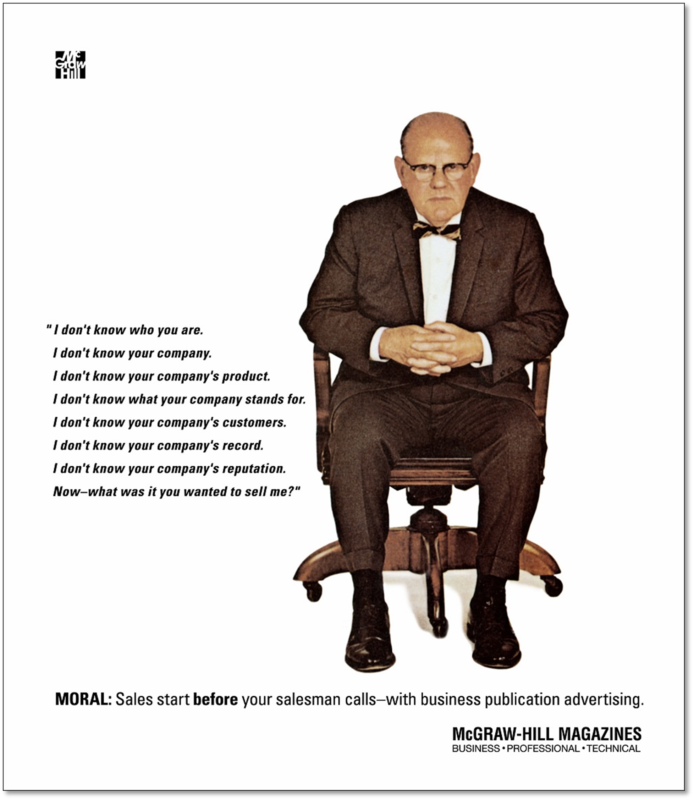
You’ll remember that ad, won’t you?
Large brands spends billions of dollars a year on advertising – – P&G spends over $200M/year on ads just for Tide — and they have the tools to measure results. They’re not stupid. They wouldn’t be doing this year after year if it didn’t work. B2B companies like IBM, AWS, and Salesforce have significant ad budgets as well, and sufficient data to develop complex attribution models to optimize their marketing mix. (They provide attribution modeling tools as part of their software offerings.)
What would happen if they just stopped advertising? The Ehrenberg-Bass Institute for Marketing Science studied this and found that when brands stop advertising, likely moving below the ESOV line, their sales drop significantly. And the smaller the brand, the more rapid the decline.
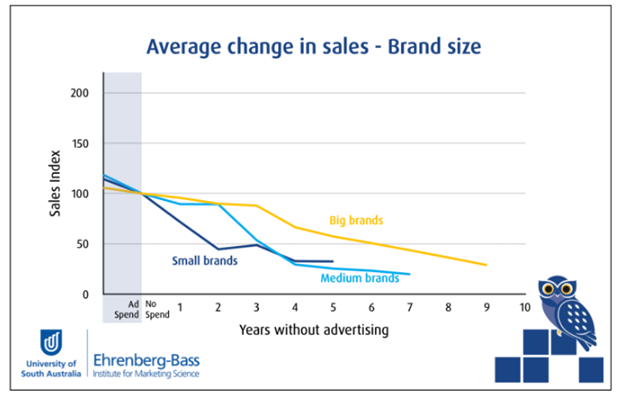
So don’t be all doctrinaire about this, all “people hate ads.” If people hated ads that much, they wouldn’t work. People hate bad ads. Make your ads so good that people like them (probably by talking about them and their problems instead of talking about you and your product).
Size may be the biggest multiplier of marketing, but creativity is the second largest.
Test all of the arrows in your quiver. Find out what works for you.
PS: Binet and Field are hardly the only ones with research on the efficacy of advertising, but their charts are the most attractive. If you want to do a deep dive on this topic, I suggest starting with Byron Sharp, Mark Ritson, the LinkedIn B2B Institute, and Paul Dyson, among others.


